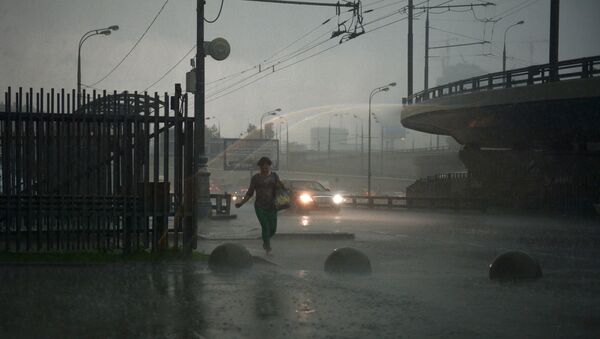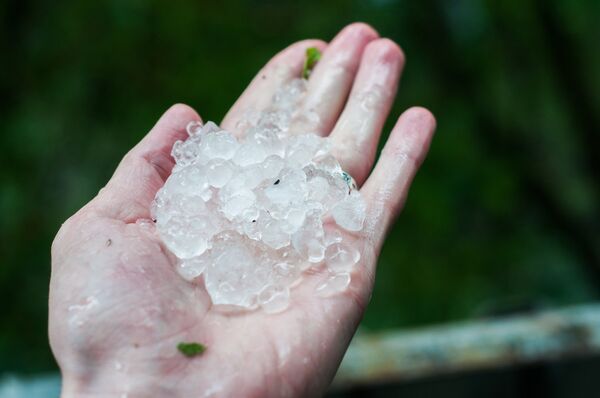According to meteorologists, gusts of wind reached 15-20 meters per second.
The sky quickly turned black.
В Москве начинается жаришка #Шторм #ливень #москва #июнь pic.twitter.com/egDdXmYnEW
— Valery Garev (@VGarev) 30 июня 2017 г.
В #Крылатское снова началось. Через стеклянные стены в БЦ натурально пробивается ветер #москва #дождь #шторм #ураганвмоскве pic.twitter.com/I8fryqC5mV
— Yakov Uvarov (@ru_maniac) 30 июня 2017 г.
Ой…Армагедон,часть вторая#ураган #Москва #погода pic.twitter.com/kb37ASTqMn
— Valeriana_Srk (@Valeriana_Srk) 30 июня 2017 г.
Users of social networks also reported hail and flooding in the city streets.
Одинцово, м-н Новая Трехгорка😂#БегиНеОглядывайся pic.twitter.com/XtjH8c3aTI
— ŁØŁØ (@Maxi_Sar) 30 июня 2017 г.
In some areas, snow joined the rain and the hail.
В нашей деревне Гадюкино. #ураган #шторм #снег #дождь pic.twitter.com/dcW6TK7Krm
— Docent_MTUCI (@DocentMTUCI) 30 июня 2017 г.
About 4.4 thousand people were left without electricity due to the severe weather. Emergency repair works are already being carried out.
The storm also caused dozens of flights to be delayed at Moscow airports.
The Russian Ministry of Health reported one man killed by a lightning strike in the Dmitrov District of Moscow Region and five others injured in Moscow.
The natural disaster that occurred on May 29 became the deadliest storm in the Russian capital since one in 1998 which killed around 10 people. The storm damaged 243 buildings and around 2,000 cars in the capital, Moscow Mayor Sergei Sobyanin wrote in his Twitter account.



